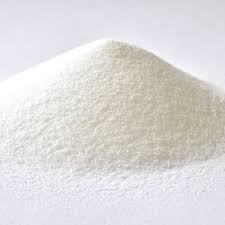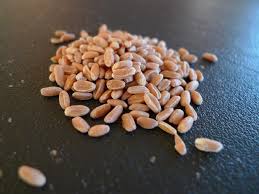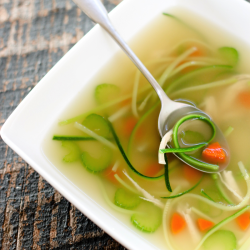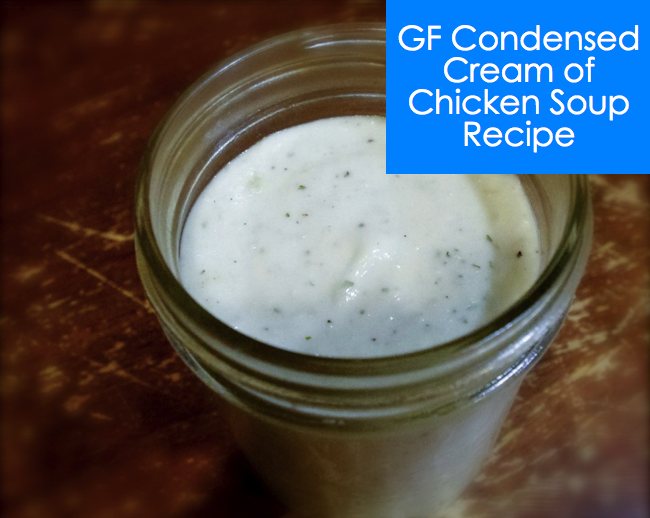What is Maltodextrin?

Milkshake on acid or food additive?
What exactly is “maltodextrin” and is it gluten free? The answer is, like many of life’s quandaries; it depends.
Not many people are aware of this commonly used food additive and yet it is everywhere. For example, it’s contained in a bag of popcorn for sale at this mega-chain coffee shop I’m sitting in.
Maltodextrin is a white color polysaccharide powder that is soluble in water. Large particles of starch break down into powder shape products during Maltodextrin production. An enzyme, water, and some acid are used during its process and it is hydrolysis. Natural food like potato, wheat, corn, and rice are used in Maltodextrin. MD present in soft drinks, candy, beers, and some snacks like potato chips. It is considered safe because it is prepared with natural food. MD is useful for thickening of products, for instance in infant pudding. It is a gluten-free diet even it’s manufactured from wheat.
Maltodextrin is used as a filler or binder. You can find it in packaged foods and even in pharmaceuticals.
Where does Maltodextrin come from?
Now, luckily for us in North America, Maltodextrin is most commonly derived from potato, rice, or corn starch. In Europe, however, it can be made of wheat starch. And even though the reactive wheat proteins are destroyed during the making of maltodextrin, there is still some debate if there is enough of the protein remaining to cause a reaction in gluten sensitives and Celiacs.
According to a European Food Safety Authority study back in 2007, they determined that even though low level amounts of wheat protein were present in wheat-derived maltodextrin, the finished product was unlikely to cause adverse reactions in Celiac patients. However, the study, also concluded that they aren’t really sure what level of protein would cause an adverse reaction in sensitive individuals. A link to the study is below. It’s an epic saga so be warned.
Gluten Content in Maltodextrin
The gluten content in maltodextrin is a matter of significant interest, especially for individuals diagnosed with celiac disease or those sensitive to gluten. Gluten, a protein present in wheat, barley, and rye, has the potential to provoke adverse reactions in individuals with gluten-related disorders. Therefore, understanding the gluten composition of maltodextrin is crucial for informed dietary choices and managing health concerns associated with gluten consumption.
Food Labeling Contains Maltodextrin
Now let’s talk about food labeling. In the US, there are two different food industry regulators. According to the Food Labeling and Consumer Protection Act, if an FDA regulated food (all foods except for livestock meat and poultry products) contains wheat-derived maltodextrin, the word “wheat” must be listed on the label. Example: “maltodextrin (wheat).” If you don’t see the word wheat, the additive was derived from another food starch.
Also Read:
The other food regulator here is the US Department of Agriculture. Under the USDA (they regulate meat, poultry, eggs), food manufacturers have the option to say if their maltodextrin is derived from wheat, but they don’t have to. And based on the amount of meat in a product, we could be talking about soups and countless packaged meat products.
Gluten-Free Labeling
In cases where maltodextrin originates from wheat, there’s a possibility of trace gluten presence. Nonetheless, according to FDA guidelines, maltodextrin sourced from wheat can earn the “gluten free” label if subjected to a gluten removal process and if the final product contains less than 20 parts per million (ppm) of gluten.
Maltodextrin is to Malt as Sea Horses are to Horses
Anyone on a gluten-free diet knows that grocery shopping and deciphering all those labels can be downright maddening. Although, label reading is much easier thanks to the gluten-free labeling rule, I still find myself questioning ingredients and double-checking labels.
That extra care keeps me out of trouble, but it also can throw me for a loop.
It’s like this. I’ll be reading the ingredients on a label and suddenly my eye lands on the word “flour.” If I look more carefully, I notice that it lists “almond flour” or “mustard flour.” They are both safe but seeing the word “flour” is unsettling. So, I stand over the package and read and reread the label just to be sure. It’s time consuming.
Maltodextrin is another ingredient that catches me off guard. Any ingredient that has “malt” in its name makes me think it surely contains barley malt. In the past, I always put products listing maltodextrin back on the shelf.
Now I know better. Turns out, despite the name, maltodextrin has nothing to do with malt. It is a white starchy powder that is tasteless and is added to a lot of foods to improve texture, flavor or even shelf life. It’s usually derived from corn but otherwise comes from tapioca. In the past, maltodextrin could contain wheat, but scientists are quick to say that because it is so highly processed, any gluten protein would be removed, making it gluten free.
Maltodextrin from wheat, however, is hardly ever used and if it were, the “wheat” must be declared on the label thanks to the FALCPA legislation. If you see no wheat warning on the label, the maltodextrin is safe.
Another factoid about Maltodextrin: even if it is wheat-based, it never comes from barley.
Here’s a trick I use to help remember that it is safe. Maltodextrin is to malt as seahorses are to horses and snapdragons are to dragons. That is to say, these all sound a bit dangerous, but all are totally harmless. (Seahorses are a type of fish with gills and snapdragons are a type of flower.)
Now when I am racing through the grocery aisles and must pause to read labels, I remind myself of these comparisons and my frustration about spending so much time in the grocery aisles melts into images of seahorses and snapdragons.
By the time I reach the checkout counter, my fret has turned to a smile and those images have filled my grocery escapade with a healthy dose of laughter! Not to mention my shopping cart is filled with all kinds of tasty packaged snacks containing maltodextrin because it’s safe for celiacs!
Key Takeaways – Maltodextrin
So let’s boil all of this down into key considerations…
In the US, maltodextrin is usually made from something other than wheat. Big sigh of relief. Well, sort of.
If the product is FDA regulated and it contains wheat, the label has to say so. Always read labels. Quick reminder, FDA foods are processed items that typically are not meat or animal products.
If the product is USDA regulated (meat, eggs, poultry), the label doesn’t have to say so. The big red flag here is that USDA regulated foods are things like hot dogs, deli meat, sausage, seasoned chicken, egg products, stuff we eat all the time. If you’re very sensitive to gluten or you simply want no exposure to it in any amount, be very cautious around processed meat and animal products. Check with the manufacturer directly.
Maltodextrin in Processed Foods
The underlying theme of this whole discussion is processed foods. Maltodextrin is used in processed foods. If you’re eating a whole foods diet of unprocessed animal protein, whole nuts, fruits, and veg, chances are you won’t run into food additives very much. And you may feel and look a lot better too. Always read labels and be your best health advocate.
Safety for Individuals with Gluten Sensitivity
For individuals diagnosed with celiac disease or those with gluten sensitivity, selecting products labeled as “gluten free” is vital to mitigate the potential for adverse reactions. Although maltodextrin derived from wheat can be labeled as gluten free if it adheres to FDA standards, individuals with gluten-related conditions should proceed cautiously and seek advice from healthcare professionals.
Conclusion:
In summary, maltodextrin can be gluten free depending on its source and processing methods. Maltodextrin derived from wheat may contain trace amounts of gluten but can still be labeled as gluten free if it meets FDA regulations. However, individuals with celiac disease or gluten sensitivity should be vigilant in reading food labels and opt for products labeled explicitly as “gluten free” to minimize the risk of adverse reactions.










